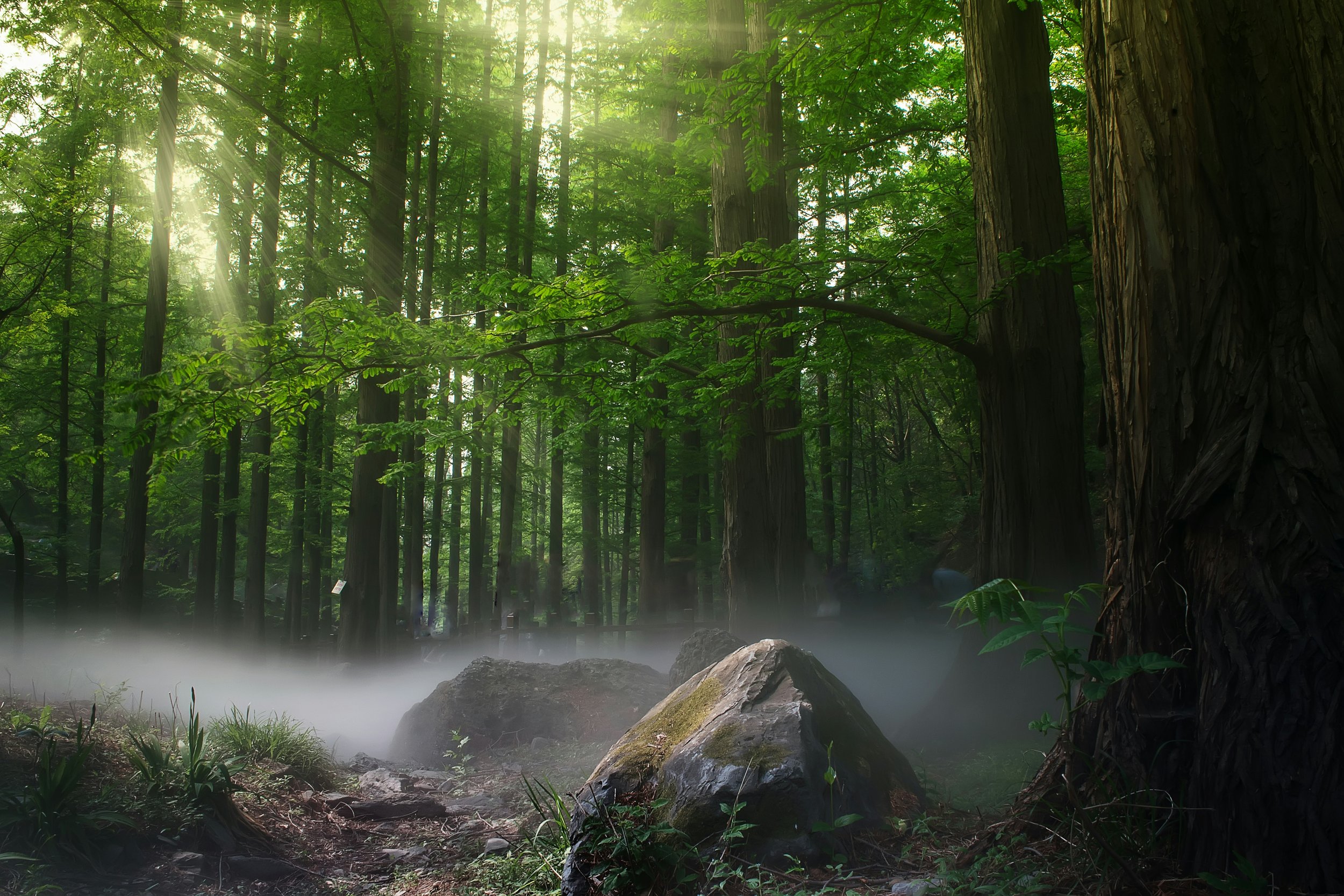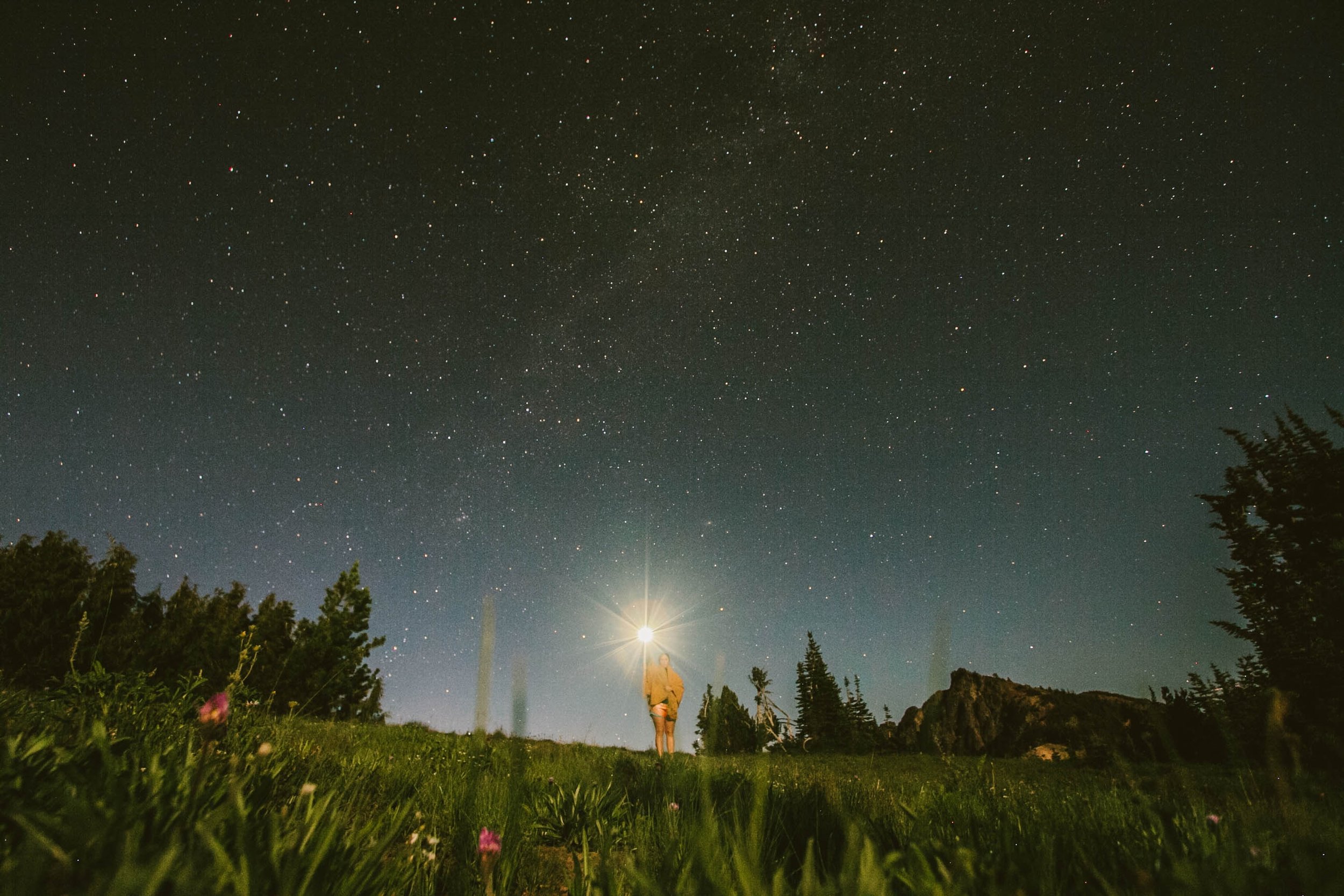
What Is Shamanism?
Shamans are indigenous people who perceive the fundamental nature of the universe and work with energy or spirit(s), including ancestors, guides, and animal spirits. They are able to induce and use trance states to divine information for healing or divination of past, present, and future. They use earth based methods, ie. elements — earth, air, fire, water— and shamanic tools, examples: healing plants; tobacco; drums, rattles, breath, fire, smoke, for moving or retrieving energy.

Exploring the Shamanic Realm: Healing & Energy
Shamans may inherit their role from their ancestors, displaying talent for it as a child, or come into it by surviving and recovering from a serious accident or disease. Both males and females may serve as shamans for their communities. To become a shaman, it requires many years of rigorous apprenticeship and training with many tests and initiations along the way. Not everyone who begins their training succeeds in becoming a shaman. Some may even die in the rigorous process.

Authentic Healing in Indigenous Cultures
Traditionally, in indigenous cultures, one would not merely seek training on their own initiative. Nor would they claim the title of healer or shaman for themselves. The title of shaman or healer would be bestowed on them by their community after many years in working with the elders of their community. A shaman would only be recognized as such after many initiations and trials, and after learning a vast breadth and depth of healing modalities, for example, healing with medicinal plants, working with sound healing, musical instruments, medicine songs, trance states, and shamanic energy healing techniques. One would never boast about being able to heal others as they would know that the healing comes through them, not from them. A shaman or medicine person would not speak of their abilities for fear that they would invite dark energies to attack them, or lose their abilities.

Shamans: Guardians of Harmony & Wisdom
Shamans are typically respected by their communities as advisors and consultants for being able to walk in other realms of reality for divining, forecasting, or prophesying future outcomes. Their life’s work is dedicated to healing of the people, and also keeping the human/nature relationship in balance and harmony. They are able to enter altered states at will to perform a variety of functions; including as ceremonialists; trance dancing, chanting, healing, and engaging in the creation of art. Shamans know where and how to access energy and information from nature. They study and communicate with plants, animals, and the spirit world. They are excellent problem solvers, psychologists, storytellers, and hypnotists.

The History Behind the Term Shaman
Around the world, shamans are called by many traditional names, in their native languages of the local indigenous people. The term ‘shaman’ is an Evenki word from Siberia, thought to be derived from the Manchu-Tungus word šaman, meaning the “one who knows”, the one who “sees” or “penetrates to the source”. The Tungusic term was subsequently adopted by Russians interacting with the indigenous peoples in Siberia and the word was brought to Europe in the mid-17th century via travellers through Russia.
Among other terms that could be used to identify a “shaman” are healer or curandero/a, medicine man/woman, seer, walker between worlds, priest or priestess, and then there are some terms, mostly used in academic research, like sorcerer or psychopomp, as well as others.

What Is a Shamanic Practitioner?
Not all people who practice shamanism are trained and recognized as Shaman or Healer— who have apprenticed for many years under a master teacher. All members of communities and indigenous people who follow the shamanic way of life are familiar with the shamanic world-view and practice fundamental aspects of shamanism. They may communicate with nature, offer ritual in a shamanic manner, honor the plants and animal spirits, and may do some energy healing work.
Since most shamans live in remote areas of the world and not in urban centers it is not so easy for most people to apprentice with a traditional master shaman. However, increasingly, shamans of different areas of the world are traveling extensively to bring their knowledge to people living on different continents.

Bridging Earth-Based Healing Traditions with Cultural Sensitivity
Some non-indigenous western people, who have not necessarily grown up in an indigenous community, and have not apprenticed for long years with a shaman in the traditional ways, are practicing shamanism. Some of these people have great talent and are adopting the shamanic earth-based practices and world view and have learned a vast amount about human nature relations, energy, healing, and other aspects of shamanic practice. These people are called shamanic practitioners.
Shamanic practitioners have not necessarily gone through a traditional shamanic apprenticeship but can be skilled ceremonialists and teachers in their own right. Some of these talented practitioners may have actually apprenticed with a master shaman for years, but as a non-indigenous person, they are sensitive to cultural appropriation issues, and they may choose not to call themselves a shaman or medicine person, but rather a shamanic practitioner.

What Is a Shamanic Healing?
Shamanism is the study and practice of cultivating and utilizing power to work with the energetic forces of nature to influence or bring into balance the human nature relationship for the purposes of healing, visioning, divining, and engaging in mystical power.
Shamanic healing starts with an interview to find out what the symptoms are, how long the person has been having them, as well as severity and type of personal pain— physical or emotional— and other pertinent information such as whether the person has been seen by a medical doctor and what types of medication the person is taking. The practitioner then prepares themselves, usually by silently observing the patient in a meditative state, and by asking their allies or helping spirits and the patient’s allies to help them see what is needed in the healing.

Restoring Balance and Inner Power
The practitioner may use sound healing with a drum or rattle, feathers, tobacco for cleansing or other healing plants, crystals and other tools to clear resistance in the form of fear or anger patterns, get the energy moving again, restore lost parts of self, or energetically extract foreign energy or obstacles. Occasionally they may use simple massage techniques. Commonly, the practitioner will sing, whistle, or hum traditional healing songs.
While it is common for the practitioner to charge a fee for such work, they should never manipulate the client by suggesting that only they can heal them nor should they ask for amounts of money that are harmful to the clients well-being.

Exploring Sacred Wisdom
The core of understanding written above comes from my experiences in shamanic instruction in North and South America, as well as my research of indigenous concepts of the sacred in nature in the Arctic Circle of Norway, and was partially adapted from Jose Stevens writing about “What is Shamanism”. You may learn more about my own training under indigenous shamans here.
If you are interested in learning more about shamanism as a personal practice for your own healing, please take a look at the link below.






